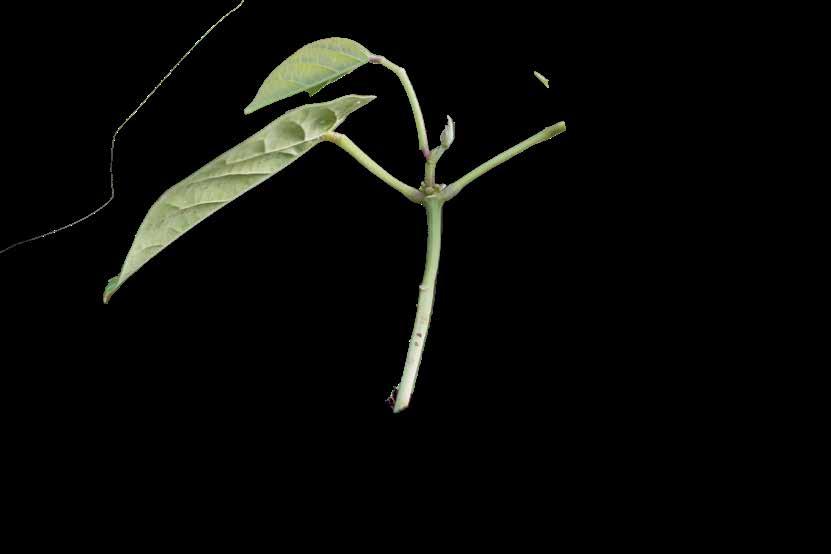
3 minute read
LIVING SOIL: FROM SEED
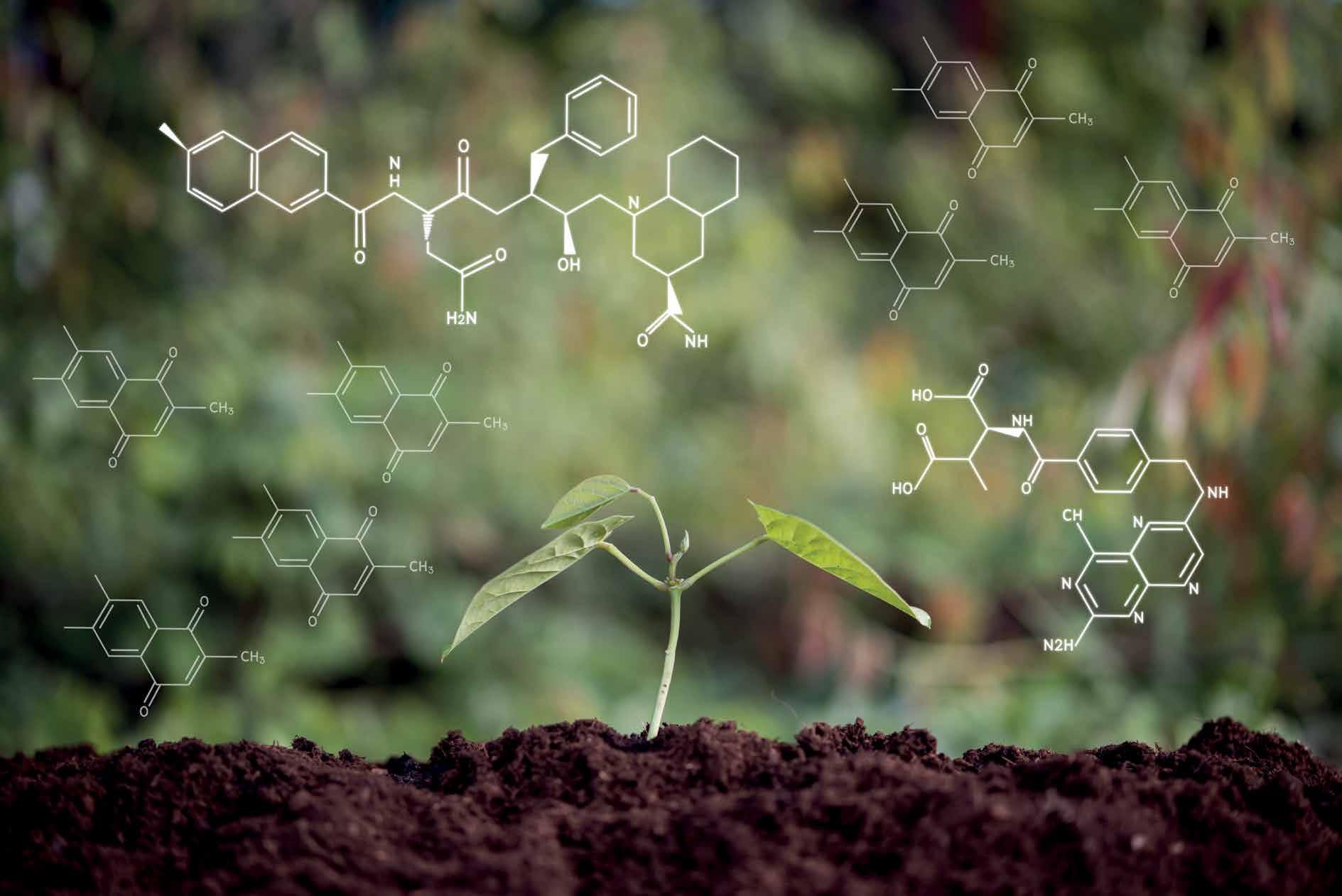
The SAF Woodland Management Living Soil project under the Tree Production Innovation Fund is developing a natural alternative to man-made fertiliser. Danial Iddon explains how this step forward will close the cycle between nurseries, woodlands, and sawmills.
Woodland Grow, an innovative peat-free woodland-based compost made from UKsourced materials that mimic woodland soils, has been designed to increase tree production, plant health, growth rates and reduce our carbon footprint.
The project team has developed a compost packed with a carefully balanced blend of beneficial and native microbes, bacteria, and fungi to meet the nutritional needs of trees. This new-generation compost is free of peat and synthetic fertilisers and is suitable for both professional growers and amateurs alike. With an increase in water retention compared to peat free, the benefits are tangible – there is less impact to the environment.
The Tree Production Innovation fund has facilitated this collaboration across the UK, bringing together industrial partners, specialists and forestry professionals to close a vital gap in the UK forestry carbon cycle. The project brings together SAF Woodland Management and A.W. Jenkinson Forest Products, with collaboration from Euroforest, Pryor & Rickett Silviculture and FERA Science.
“In addition to bringing a sustainable alternative to peat to market, this innovative project aims to develop a growing media tailored to tree production that will improve germination and establishment rates,” said Jack Clough, Grant Manager at Nature for Climate Fund.

The use of Woodland Grow in seed storage and germination trials with Forestart has shown an increase in germination of Hazel seeds compared to peat. The trials are now expanding to include more species and it is hoped that a peat-free alternative can be offered for professional seed storage to offer a 100% peat free supply chain in tree production.
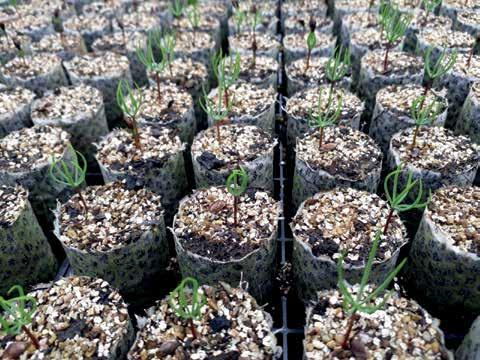
The ambitions of the Tree Production Innovation Fund project ‘Living Soil: Seed to Woodland’ are numerous and some may be sceptical about the project’s scope. However, after two years of research and development, through Phase 1 and Year 1 of 3 within Phase 2, the project is starting to take shape and become a tangible reality with benefits for increased tree production and woodland management opportunities.
This collaboration brings the cycle of timber and woodland environment full circle, where timber harvested goes into nurturing new trees within nurseries and removes the reliance on the nitrogen cycle of NPK fertiliser.
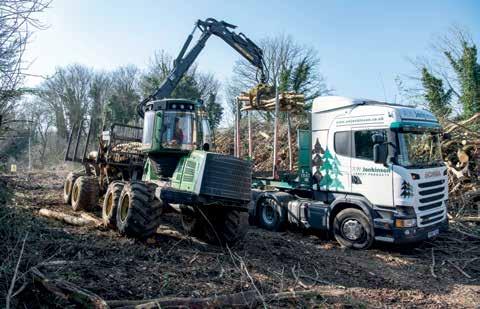
In Year 1 of Phase 2, we have scaled up the production techniques and sources of materials to produce fungally-dominant compost ‘Mothers’ that will be used to inoculate our bulk material and produce approximately 1,500m3 of substrate for the 2024 growing season. A.W. Jenkinson Forest Products are supporting all phases of the project, including the blending of the substrate, innovating compost production and management support.
The growing trials at the SAF Woodland Management tree nursery have now expanded to involve Alba Trees and Forest England nurseries, all using the living soil and biodegradable paper pots. In Year 2 we are planning to grow a combined 23,000 cells with Alba Trees and Forestry England, and in the SAF Woodland Management Pembrokeshire woodland nursery grow a further 30,000 cells with a mix of Conifer (Sitka Spruce and Douglas Fir) and Broadleaves (Oak and Cherry).
The trees we are growing as part of the trial have been chosen due to the fungi type favoured by their various species. The design of the growing trials looks to establish if we can create a substrate specific to not only trees in general, but to particular species. The project is working with FERA Science to apply the latest testing techniques through DNA and provide insight into the observations seen in plant health within the nursery.
Current substrate blends typically use material sourced from overseas, which continued on p40 continued from p39 adds carbon from transport into the equation. However, we intend to challenge that and use a living compost derived from UK material sources to further improve the benefits.
The knowledge to develop a fungallydominant growing media using forestry materials is drawing attention from other industries and plant propagators who are looking for an alternative to peat. SAF Woodland Management are conducting trials with salad growers, including a nursery that produces 22 million salad plants a year.
That said, the vital part of peat replacement from UK sources will hopefully come from the woodland industry, providing more opportunities for those in the industry to change how we work with nature and provide food in a more sustainable way.
Year 3 of Phase 2 will see a series of planting trials where the project is working with Pryor & Rickett to identify suitable land and owners to collaborate on the trial. If you are interested to find out more, please contact your local Pryor & Rickett office for more details (www.silviculture. co.uk).
Through the use of a living substrate, it is conceivable we can develop living fertilisers, mulch matts and soil conditioners to improve plant establishment rates on agricultural land or highway planting where soils are either nitrogen-rich or poor from earthworks. Forest Research are lending their input and looking at potential synergies to bring the project to life beyond Phase 2.
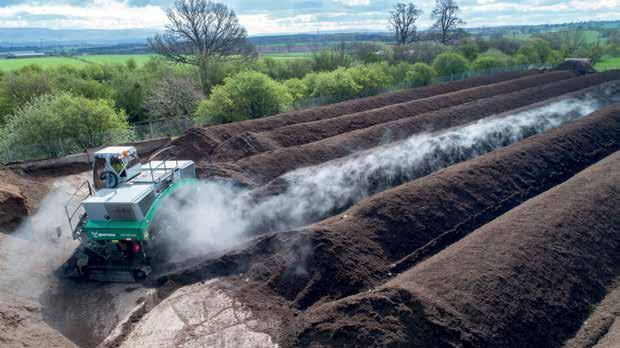
What we have achieved to date has offered invaluable insight into the opportunities for tree production and beyond – this work could result in a peat-free sup- as the removal of synthetic fertilisers and improved water retention. This would not have been possible without the support of the Forestry Commission.
Being able to influence other industries using similar technology will put woodland management at the right part of our society; we all know nature is there to help us on the basis we continue to support it in a sustainable way.







